Grass carp soup, a beloved dish in many cuisines, is celebrated for its delicate flavor, tender texture, and nourishing qualities. Whether you’re a seasoned home cook or a curious food enthusiast, mastering the balance of ingredients to elevate this soup’s taste can transform a simple meal into a culinary masterpiece. This article explores the key components that harmonize with grass carp, from aromatic herbs to complementary vegetables, and offers practical advice to achieve a bowl of soup that tantalizes the senses.
Understanding Grass Carp: A Foundation of Flavor
Before diving into ingredients, it’s essential to appreciate the grass carp’s unique characteristics. This freshwater fish, known for its mild, slightly sweet taste and lean, firm flesh, serves as the soup’s backbone. Unlike stronger-flavored fish like salmon or mackerel, grass carp absorbs surrounding flavors, making it a versatile canvas for culinary creativity. To maximize its potential, select fresh, farm-raised grass carp when possible, as wild varieties may carry a muddy aftertaste.
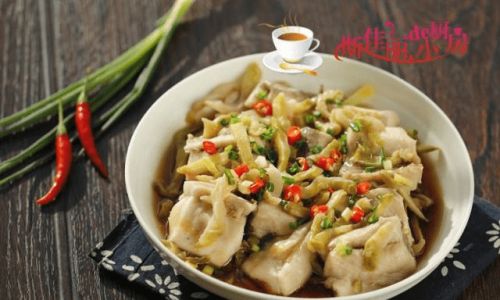
Aromatic Herbs and Spices: Elevating the Base
The success of any soup hinges on its aromatic foundation. For grass carp soup, ingredients that neutralize fishy odors while enhancing natural sweetness are paramount.
Ginger (Zingiber officinale):
A staple in Asian cooking, fresh ginger root is indispensable. Its pungent, slightly spicy notes cut through fishiness, while its warmth deepens the broth’s complexity. For optimal results, slice ginger into thin strips or julienne and sauté briefly in oil before adding liquid.
Garlic (Allium sativum):
Though subtle in grass carp soup, garlic adds a layer of savory depth. Minced or crushed cloves, lightly toasted in the soup pot, infuse the broth with a mellow sweetness. Avoid overpowering the dish—a single clove per liter of water suffices.
Scallions (Allium fistulosum):
Both the white and green parts of scallions contribute uniquely. The white sections, sautéed with ginger, release their aromatic oils, while the green tops, added at the end, provide a fresh, grassy finish.
White Pepper (Piper nigrum):
A pinch of ground white pepper imparts a mild heat without the visual clutter of black pepper. Its floral, slightly citrusy notes complement the soup’s clean profile.
Star Anise (Illicium verum):
For a touch of warmth, a single star anise pod adds anise-like sweetness. Use sparingly, as its licorice flavor can dominate. Remove it before serving to prevent bitterness.
Vegetables: Adding Texture and Nutrition
Vegetables not only enrich the soup’s nutritional value but also introduce contrasting textures and flavors.
Daikon Radish (Raphanus sativus var. longipinnatus):
A classic pairing in East Asian soups, daikon’s crisp, juicy texture and mild sweetness balance the fish’s richness. Slice it into half-moons or cubes and simmer until tender but not mushy.
Carrots (Daucus carota subsp. sativus):
Carrots contribute natural sweetness and vibrant color. Dice them into uniform pieces to ensure even cooking.
Shiitake Mushrooms (Lentinula edodes):
Dried shiitake mushrooms, rehydrated in warm water, lend an umami-rich depth. Their meaty texture and earthy aroma elevate the broth’s complexity. Reserve the soaking liquid to enhance the soup base.
Tomatoes (Solanum lycopersicum):
For a tangy twist, add ripe tomatoes. Their acidity brightens the soup, cutting through richness. Opt for cherry tomatoes or Roma varieties for balanced flavor.
Celery (Apium graveolens):
Celery stalks, finely chopped, introduce a subtle herbal note and satisfying crunch. Their high water content also helps mellow overly salty broths.
Proteins and Enhancements: Layering Flavor
While grass carp is the star, complementary proteins can add richness and variety.
Tofu (Bean Curd):
Silken tofu, cubed and added in the final minutes, absorbs the soup’s flavors while providing a creamy contrast. Firm tofu holds its shape better during simmering.

Shrimp (Penaeus spp.):
Fresh or frozen shrimp, peeled and deveined, introduce briny sweetness. Sauté them briefly in garlic butter before adding to the soup to intensify their flavor.
Pork Ribs or Chicken Bones:
For a heartier broth, simmer pork ribs or chicken carcasses with the fish. This adds collagen-rich body and a savory backbone. Skim off impurities during cooking for clarity.
Seasonings and Liquid: Balancing Act
The right seasonings and liquids tie all elements together.
Stock or Broth:
Homemade fish or vegetable stock forms the ideal base. If unavailable, use low-sodium chicken broth or water enhanced with a bay leaf and peppercorns.
Soy Sauce (Shoyu):
A splash of light soy sauce amplifies the soup’s savory notes without overwhelming it. Dark soy sauce, with its molasses-like sweetness, can add color but should be used judiciously.
Fish Sauce (Nuoc Mam):
For a Southeast Asian twist, fish sauce contributes saltiness and funk. Start with a teaspoon and adjust to taste.
Rice Wine or Shaoxing Wine:
A tablespoon of cooking wine deglazes the pot and imparts a subtle fragrance. Avoid sweet varieties like mirin, which may clash with the soup’s purity.
Sesame Oil:
A drizzle of toasted sesame oil at the end adds nutty aroma. Use it sparingly, as its intensity can overpower delicate flavors.
Cooking Techniques: Timing and Temperature
Mastering the cooking process is as crucial as selecting ingredients.
Searing the Fish:
Lightly pan-fry grass carp fillets or whole fish (scaled and gutted) until golden. This caramelization deepens the broth’s flavor and prevents the flesh from disintegrating.
Simmering vs. Boiling:
Maintain a gentle simmer—never a rolling boil—to keep the fish tender. Aggressive heat breaks down proteins, resulting in a murky, overly fishy broth.
Skimming Impurities:
As the soup cooks, foam or impurities may rise to the surface. Skim these off with a spoon to ensure a clear, clean-tasting broth.
Layering Ingredients:
Add hearty vegetables and bones first, followed by delicate herbs and fish. This sequential cooking ensures each component releases its flavor optimally.
Regional Variations and Creative Twists
Grass carp soup transcends borders, with each culture offering its unique spin.
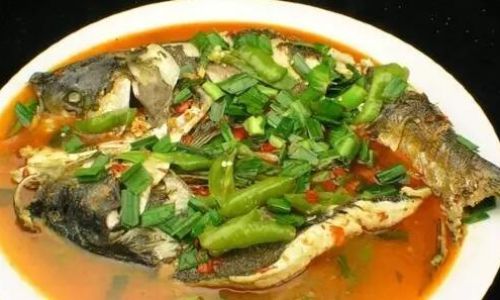
Vietnamese Canh Chua Ca:
This sour soup combines grass carp with tamarind, pineapple, and okra. The result is a tangy, vibrant broth balanced by the fish’s mildness.
Hungarian Halászlé:
A paprika-spiced fish stew, Halászlé uses carp (often smoked) with tomatoes, onions, and chili. Serve it with crusty bread for dipping.
Italian Brodetto di Carpione:
In this Venetian dish, grass carp simmers in a tomato-based broth with saffron, fennel, and olives. A splash of white wine elevates its Mediterranean flair.
Troubleshooting Common Pitfalls
Even experienced cooks encounter challenges. Here’s how to fix them:
Overly Fishy Broth:
Neutralize with extra ginger, a splash of vinegar, or a potato slice (absorbs odors). Simmer uncovered for 10 minutes to evaporate volatiles.
Bland Flavor:
Enhance with a pinch of salt, a splash of soy sauce, or a cube of kombu (dried kelp). Avoid over-seasoning, as flavors intensify as the soup cools.
Mushy Fish:
Reduce cooking time or lower the heat. For whole fish, simmer for 10–12 minutes per pound; fillets require 5–7 minutes.
Serving Suggestions and Pairings
A well-crafted grass carp soup deserves the perfect accompaniment.
Steamed Rice:
Fluffy jasmine or basmati rice absorbs the broth’s essence, making every bite satisfying.
Noodles:
Thin rice noodles, udon, or soba add heft. Add them to the soup during the last few minutes of cooking.
Fresh Herbs:
Garnish with cilantro, Thai basil, or dill for a burst of freshness.
Pickled Vegetables:
A side of pickled daikon or cucumbers cuts through richness and adds crunch.
Conclusion: The Joy of Experimentation
Crafting the perfect grass carp soup is an art, not a science. While traditional recipes offer a roadmap, don’t hesitate to experiment. Swap vegetables based on seasonality, adjust seasonings to taste, or incorporate global influences. The key lies in balancing the fish’s delicate flavor with complementary ingredients—each element working in harmony to create a bowl of soup that nourishes both body and soul. Whether enjoyed on a chilly evening or as a light summer meal, a well-executed grass carp soup is a testament to the beauty of simplicity refined by intention.
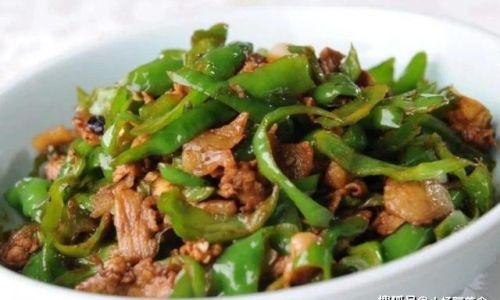
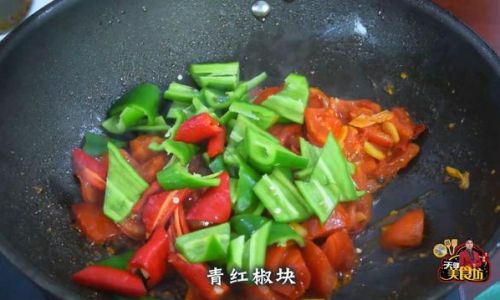
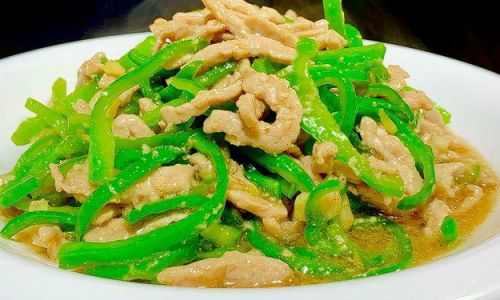



0 comments